Drill pipes are widely used in mining, geological drilling, oil and gas exploration, and other related industries. As a crucial component of the drill string, they play a pivotal role in the drilling process. The quality of the drill pipes, along with proper maintenance and upkeep, significantly affects field performance, the likelihood of drilling tool failures, and overall construction costs. In this article, we will introduce effective anti-rust measures for drill pipes.
As an important part of drilling equipment, drill pipes are essential for anti-rust measures to extend their service life and ensure construction safety. Here are some specific anti-rust measures:
1. Choose the right rust remover: Choose the right rust remover based on factors such as the type of drill pipe, surface condition, part size accuracy and surface quality. Chemical rust removal, such as pickling, removes rust by the dissolution of metal by acid and the mechanical action of hydrogen generated in chemical reactions on the rust layer. Commonly used acids include hydrochloric acid, sulfuric acid and phosphoric acid.
2. Coating anti-corrosion: Coating anti-corrosion treatment in a professional factory can ensure construction quality. The coating can form a protective film to prevent the drill pipe from contacting air and moisture, thereby reducing the occurrence of rust.
3. Use high-performance coatings: High-performance coatings such as phenolic resin modified epoxy resin type coatings and epoxy polyurethane coatings are very effective in preventing corrosion of drill pipes. These coatings have good adhesion, chemical corrosion resistance and wear resistance, which can effectively extend the service life of drill pipes.
4. Regular inspection and maintenance: Regular inspection and maintenance of the drill rod, timely detection and treatment of rust problems, can prevent further development of rust.
5. Storage conditions: Drill rods should be stored away from moisture and direct sunlight, and should be stored in a dry, well-ventilated environment to reduce the possibility of rust.
6. Use anti-rust oil: Apply anti-rust oil on the surface of the drill rod to form a protective film to prevent the metal from contacting with moisture and oxygen in the air, thereby slowing down the rust process.
7. Cleaning and drying: After the drill rod is used, it should be cleaned and thoroughly dried in time to reduce the retention of moisture and dirt on the surface of the drill rod and reduce the risk of rust.
The above measures can effectively prevent the drill rod from rusting, extend its service life, and ensure the smooth progress of construction.
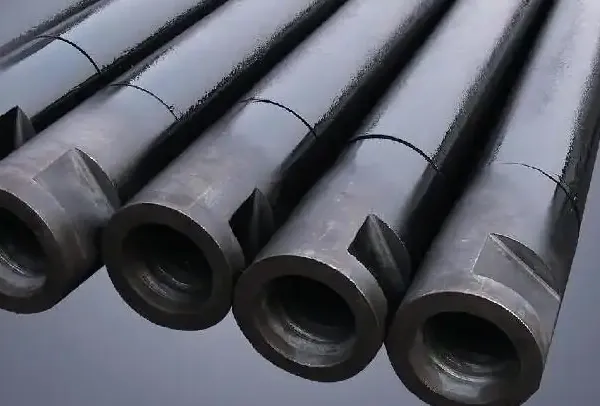
At present, the drill pipe bodies commonly used in the domestic oil and gas industry mainly include four steel grades: E75, X95, G105 and S135. The drill pipe joint material is mostly SAE4137H, and the outer diameter of the drill pipe body is 2 3/8"~65/8", with a variety of specifications. The higher the steel grade of the drill pipe, the higher the strength and the greater the bearing capacity. But it should be noted that when choosing a drill pipe, the higher the strength, the better. Because in the drilling fluid medium, as the steel grade increases, the corrosion fatigue strength of the drill pipe will decrease, that is, in a corrosive environment, high-steel grade drill pipes are more sensitive to corrosive media, and the corrosion fatigue strength decreases more, making it more likely to have corrosion fatigue fracture accidents. It is recommended that users follow the principle of "selecting low-grade steel drill pipes as much as possible while meeting the strength requirements" and select the most suitable drilling tools for drilling operations based on the actual site conditions. This not only reduces procurement costs, but also reduces the probability of accidents.






 English
English Español
Español بالعربية
بالعربية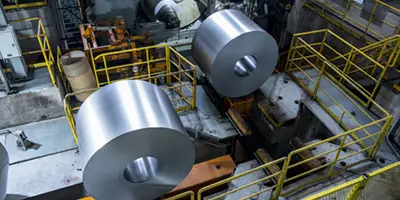

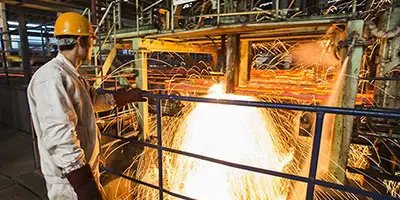
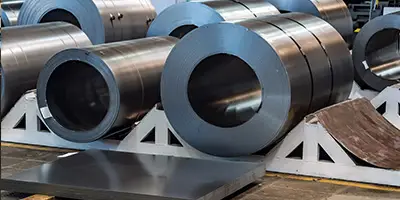

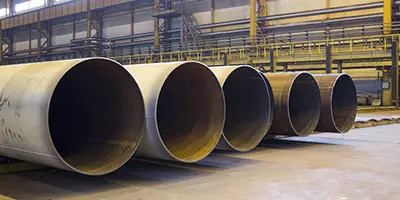
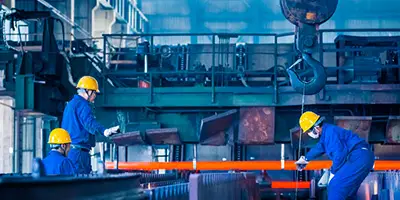
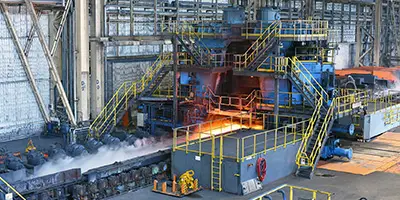
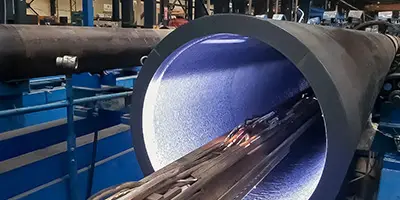
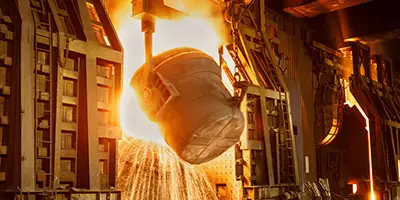


 Phone :
Phone :  Whatsapp :
Whatsapp :  Email :
Email : 


